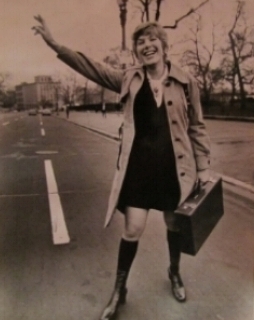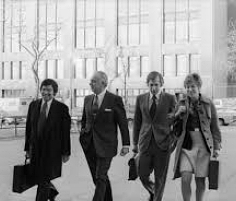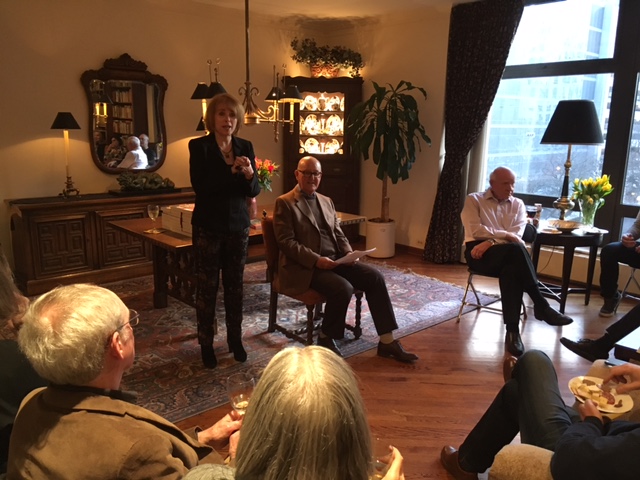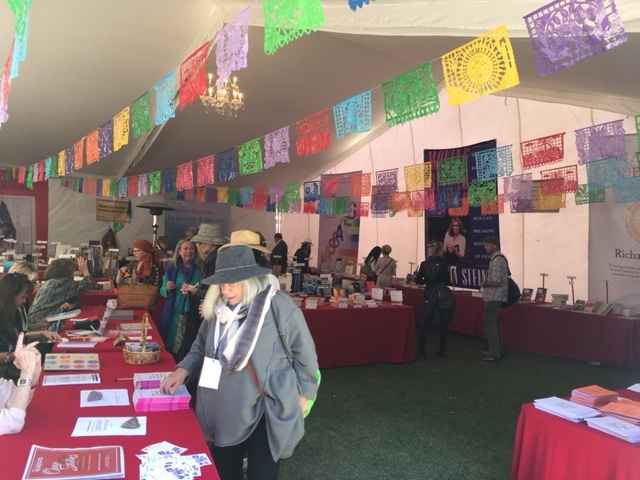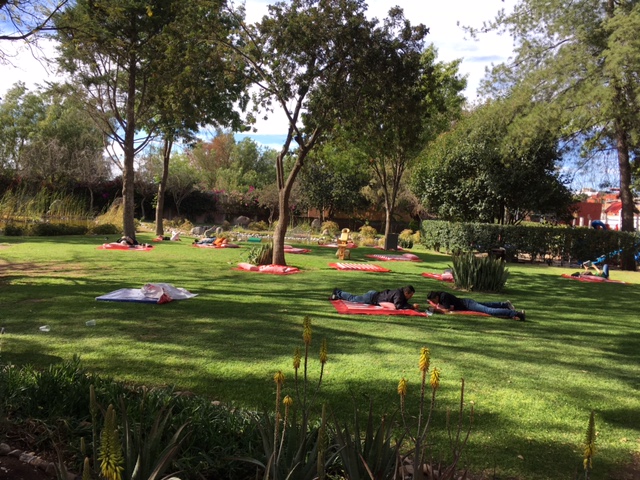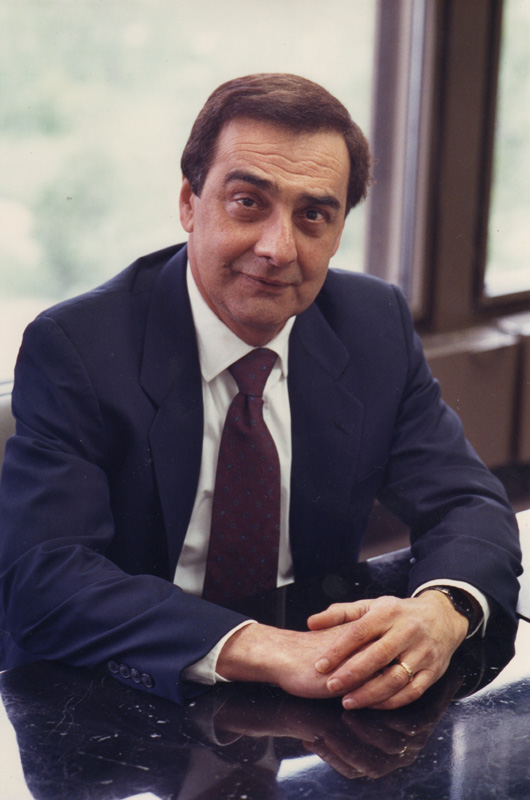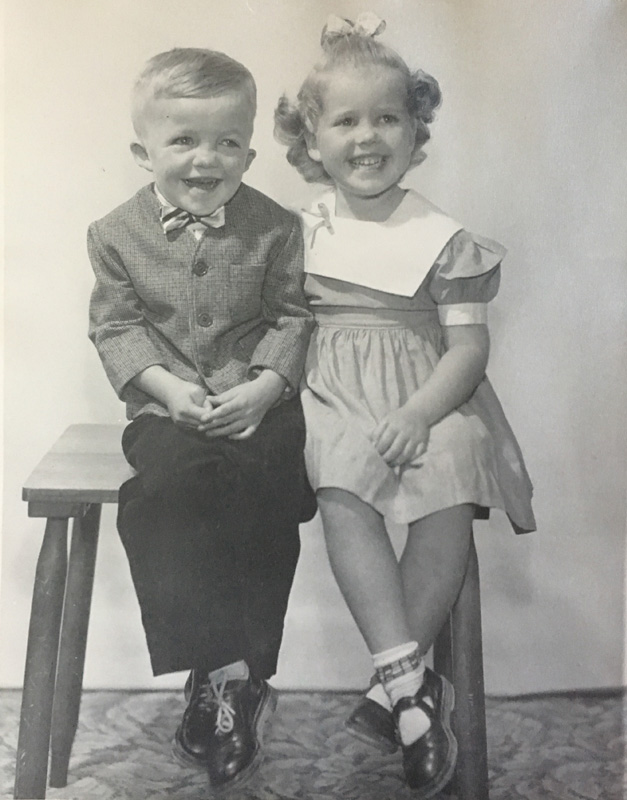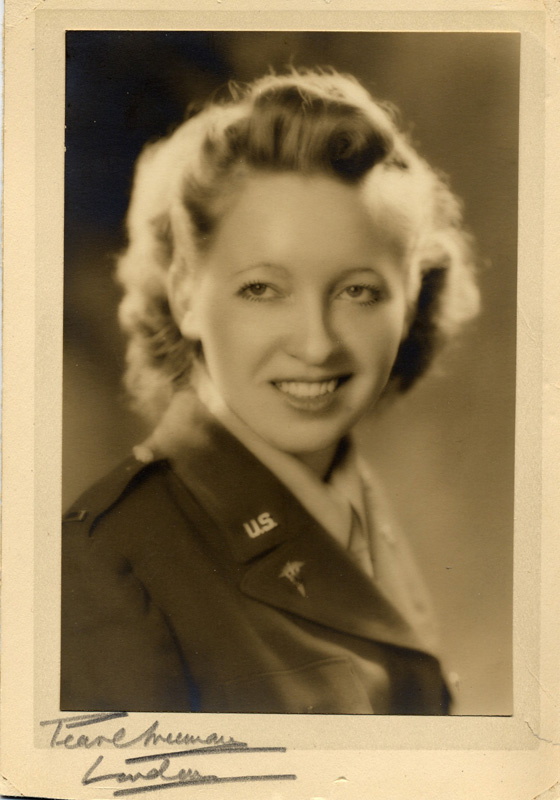When Writer’s Retreats are Hard: There's More Than One Way to Skin a Muse
/The main Writer's House at Ragdale
Process is not for the faint of heart. I’ve emerged from my latest residency without coherent pages in my hand—nothing tangible, nothing new to read on my last day where we shared what we’d been working on. My time there was all about process, and I feel scattered. Does thinking count? Did I waste three precious weeks or take a big step? It’s been making me ponder this question: how do you judge your own “productivity” when it comes to the creative arts? Is it the thickness of the manuscript in your hand, or the heaviness in your heart from the wrestling you’ve done to get it there?
I could always write at Ragdale
We often talk about “writer’s block” (I believe that comes just before The Crack-Up), and I’ve certainly had it in spades, but never at a residency. On the contrary, I’ve been to a variety of writer’s retreats over the past twelve years, primarily at the wonderful Ragdale in Lake Forest, Illinois. And it’s always been a great experience, miraculous actually. Ragdale is where I’ve written about 90% of my novel, The Fourteenth of September, most of the time in a delightful nook with a sloped ceiling and French doors named after one of the historic building’s original inhabitants, my “lucky” Sarah’s Room.
My "Lucky" Sarah's Room
I learned a lot about process at Ragdale. I came to my first residency having just made the decision to turn a series of linked stories into a novel. I’d been focused on a modest but formidable goal—write the first chapter. I knew I wrote best early—could ONLY write early. I got up the first day at 5:30 am, pounded out a rough draft by noon and then wondered what to do. For the rest of my two-week sojourn, I “taught” myself about how to write when you’re not in the mood, when you have no idea where to go next, when you’re just filling up the hour before dinner, even when you’re frustrated waiting for the ancient toaster oven to do its job on your breakfast before the ideas you woke up with have left your head. It’s a story I tell a lot.
The well-worn rug
Over the years, however, I’d become increasingly hard on myself while working on the novel. I started the book and a business simultaneously and felt the little time I had for writing had to be so highly focused I wouldn’t let myself work on anything else until the novel was effectively out of my hands. At a residency, I usually hit the computer like a bat out of hell churning out page after page—the objective being the latest draft. It’s often been tough, with circles worn threadbare into the rug of Sarah’s Room as I paced when I was stuck, circles other writers before and after me no doubt walked as well. There were many anxious calls to brainstorm with my editor. But I’d reliably return home each time with a great fat stack of paper, covered in type. It was a satisfying ritual and I became addicted to the pileup of pages, and perhaps more than a bit superstitious.
I could only write at Ragdale
This time, with that novel finished and a publisher interested, I looked forward to a new experience. I had a list of projects and a lot of advice. I brought folders of research for a new novel about expats in Mexico and background for another set during WWII. I had two essays in development, blog posts to stockpile.
The Chaos of Week Two
As writers, we idealize process. We use words like “flow.” My favorite is to get to the point where a draft “sings.” As I packed, I did romanticize it all, imagining how it would be to just let my mood and creative juices take me wherever they wanted. If I got stuck, I figured I’d bounce from project to project, rather than obsess. I was confident I’d enter that delicious “zone” where it seems people talk in dialogue, book titles spring from everywhere and you get incredible ideas walking from the desk to the shower, not to mention lounging on the porch, or strolling in the beautiful prairie. I wanted to let my relentless bat out of its cage, and for the first time just enjoy it in flight.
At the very least I was confident that, like every other residency, I’d rise with the birds before 6 am, make strong coffee and run to the computer, inspiration rising with the sun. I’d “create” until 3 pm, then dash off to use my short-term pass at the health club or take a long walk before getting ready for dinner. There, in the only daily gathering with other residents, I’d talk about my journey of the day and learn about what other fascinating people were doing, sharing ideas and motivation, making lifelong friends with other artists.
I’d also just closed my business, so I approached this latest residency with massive expectations. Not only would I get three months of work done in three weeks as usual, but I would break through and become, as author Christine Sneed wrote, “a writer, not someone who occasionally writes.”
I was so psyched.
Until I wasn’t.
Oh dear, I can’t write at Ragdale
The first day I read three books, enjoying my cozy room. That was okay, a warm up, I told myself. Don’t worry that you’re not actually writing. You’re reading like a writer. This what we do. Just chill.
And then it rained, and rained. Usually that’s great writing weather, but it made my head throb with migraine and the prairie too muddy for walking. I found myself waking at 3 am--a sound from a forest animal, a need for more Advil, or the deep sigh of the century-old house as it settled another quarter-inch into its bones. I was up so early… but in no condition to write, or work out, or socialize at dinner.
The second week it let up a bit, some sun, but my internal clock had reset to its annoying new rhythm. Up again at 3…always 3…was this some type of crazy writing menopause? I’d toss and turn, as characters and phrases gnawed at me and I’d finally have to get up and dash off a paragraph or a few lines. And then, each time I’d get back under the covers I’d have to jump back up to capture another phrase. I finally gave in. This was what I was here for after all, right? But why does it have to be in the middle of the night? I wondered, so irritated. I’m an early-rise windup, not a late-night wind down girl.
Grrr... I’d grumble to myself, playing around at my keyboard until the birds began to sing around 5 am, and then try to get an hour or so of shut-eye before the doors start banging on their old frames or someone talked in the kitchen just below my room and I was up again, exhausted. I just wanted a good night’s sleep and a non-throbbing head. If so, I was sure I’d welcome all this. I was wasting valuable time.
Should I Embrace Chaos as Part of Creativity? Or Am I Just Talking to Myself?
Week Three with its piles of paper
I worked in fragments: messy notes spread out over spiral-bound notebooks and yellow legal pads. While trying to focus on one project, others crept in, demanding attention. Is this what I asked for? I could neither shut it off, nor turn it on in any predictable way. My story about Germany during WWII was infecting my expats in Mexico, even my own backstory I was trying to plumb in my essays. With my first novel it had been logical, scene by scene. I’d had more control. This was an avalanche of scattered ideas—from character descriptions, to plot points, to dialogue (lots of it—they were talking like crazy!). One day, wardrobe even appeared--one character would arrive in a linen suit, another a cornflower blue tunic. Wait, this was too soon for these details. I was mixing everything up in the same notebook. How would I ever sort it out? The circles I was following were no longer just on the rug. They were on the back of my eyelids, rotating to the rhythm of the monkey noise in my head. This wasn’t “flow” it was chaos.
But then, late one afternoon, something happened. I’d just ripped another page out of a notebook and cut it into pieces, putting each into its appropriate subject pile on the floor. This was ridiculous, I told myself out loud. Just let it go, it was winning anyway. After that, I wrote stream of consciousness, sketching possible characters and plot ideas for the Mexico novel. I started and gave up on an outline, it was just coming here and there anyway. I wanted to stay with it, but after a hot shower to soothe my still aching head, up popped an idea for the WWII novel --a different setting, unity of time, place, and action. Yes, a better way to tell the story. I mentioned my dilemma briefly at dinner (I didn’t want to share too much of my bad juju) and someone suggested the shower might be my muse—if only. But I did try it again that night and after that I doubled down. Write any which way, hot water on the head, repeat. It was flow, after all.
The Upshot
So, after three weeks the Mexico novel has a voice, the draft of a promising opening scene, key settings, a really great plot twist late in the book and characters that make me cry. I know this because I remember writing it all down—somewhere. I also sent my researcher off to check out a potential new setting for the WWII novel. I'm certain that in all this paper, there are insanely rough three-quarter drafts of two essays, a completed blog post and notes on two others. I think I got my money’s worth out of this time off the grid, just nothing I can carry home to show for it. As I packed, I filled my suitcase with random pages along with the dirty laundry.
The suitcase "unpacked"
Before I left, I took a last look at Sarah’s Room and wondered if I should buy Ragdale a new carpet…and maybe a toaster. Better karma for the next time?
Back in my home office the folders and notes from what I felt was a "rough" residency remain stacked on the table where I unpacked. The piles are fat and thick. Now, a few months later, as I've begun to organize them, I've also reassessed my interpretation of the residency. It was only “rough,” if my definition remains rigid. It wasn’t a block, or a crack-up. It was simply an alternate experience, perhaps just a blip, or maybe a new creative process going forward. Will I be more open if it happens again? All I'm sure about is that I now know, there’s more than one way to skin a muse.
Process is a heavy thing—it can fill up so much more than a suitcase.








